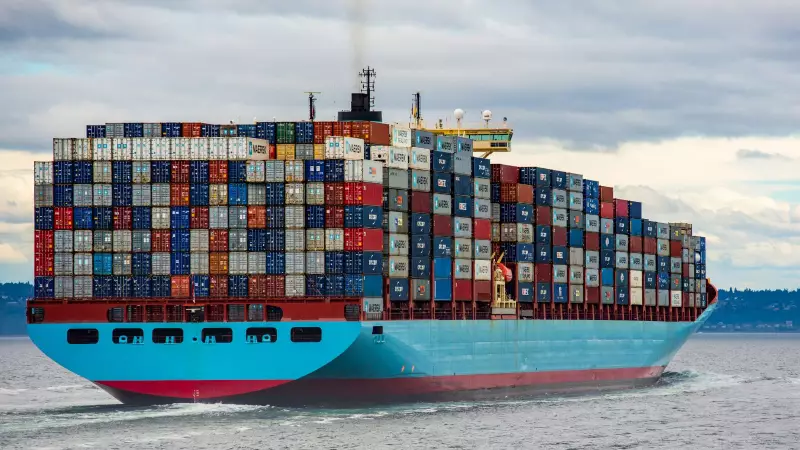
The long-awaited Free Trade Agreement between India and the European Union is gaining remarkable momentum as European trade negotiators prepare for a crucial visit to New Delhi next month. This development signals a significant acceleration in talks that could reshape bilateral trade relations between two of the world's largest economic powers.
November Talks: A Critical Juncture
European Union trade negotiators are scheduled to arrive in India on November 3rd for intensive discussions aimed at breaking longstanding deadlocks. This visit represents one of the most substantial pushes in recent years to finalize the comprehensive trade pact that has been under negotiation since 2007.
Three-Pillar Approach to Comprehensive Agreement
The negotiations are structured around three fundamental components that form the backbone of the proposed agreement:
- Trade Pillar: Focusing on tariff liberalization and market access across sectors
- Investment Protection Agreement: Creating secure frameworks for cross-border investments
- Geographical Indications (GI) Pact: Protecting unique regional products from both territories
Breaking Through Sticking Points
Both sides have demonstrated renewed commitment to resolving persistent challenges that have previously stalled progress. Key areas of focus include:
Market Access: Finding common ground on tariff reductions for agricultural and industrial goods remains a priority. Indian negotiators are particularly focused on securing better access for textiles, pharmaceuticals, and IT services in European markets.
Digital Trade and Sustainability: Modern trade elements including digital commerce, sustainable development, and environmental standards are being integrated into the discussions, reflecting contemporary global trade priorities.
Strategic Importance and Economic Impact
The potential agreement carries substantial strategic weight for both economies. The EU stands as India's second-largest trading partner, while India ranks as the EU's tenth-largest trading partner. Successfully concluding this agreement could:
- Boost bilateral trade beyond the current $135 billion threshold
- Create new opportunities for businesses and consumers in both regions
- Strengthen strategic economic partnerships in an increasingly multipolar world
- Provide counterbalance to other regional trade agreements
The Road Ahead
As November's critical talks approach, trade experts and business communities on both sides are watching closely. The successful conclusion of this agreement would represent one of the most significant trade achievements for both India and the EU in recent decades, potentially setting new standards for North-South trade cooperation.
With political will appearing stronger than ever and economic imperatives driving both sides toward compromise, the stage is set for what could be a landmark moment in international trade relations.





